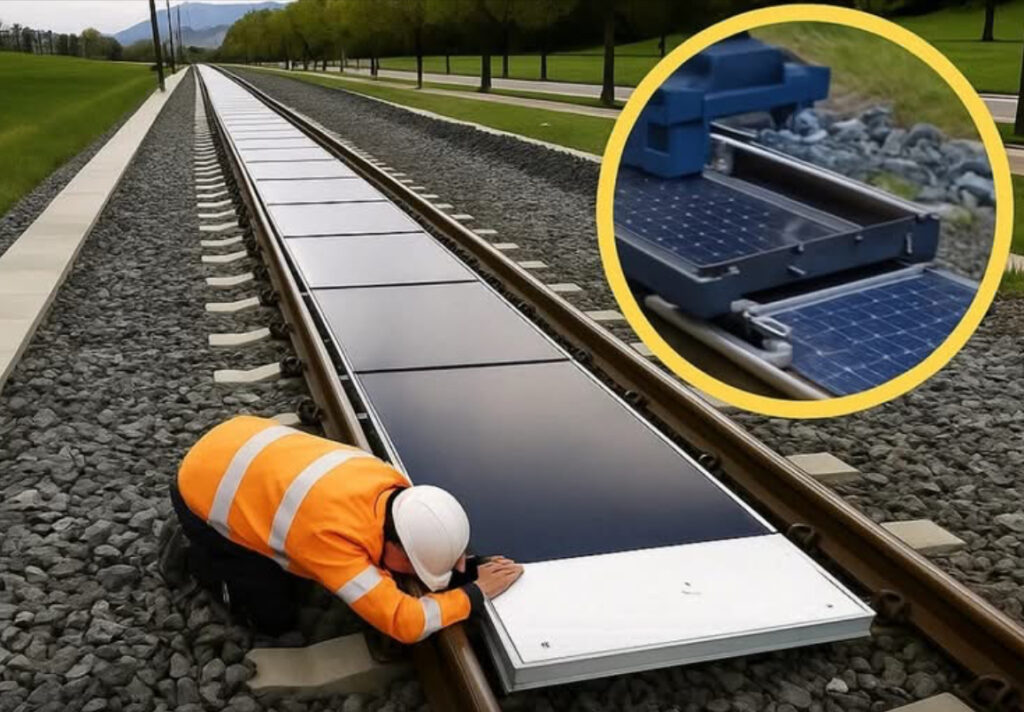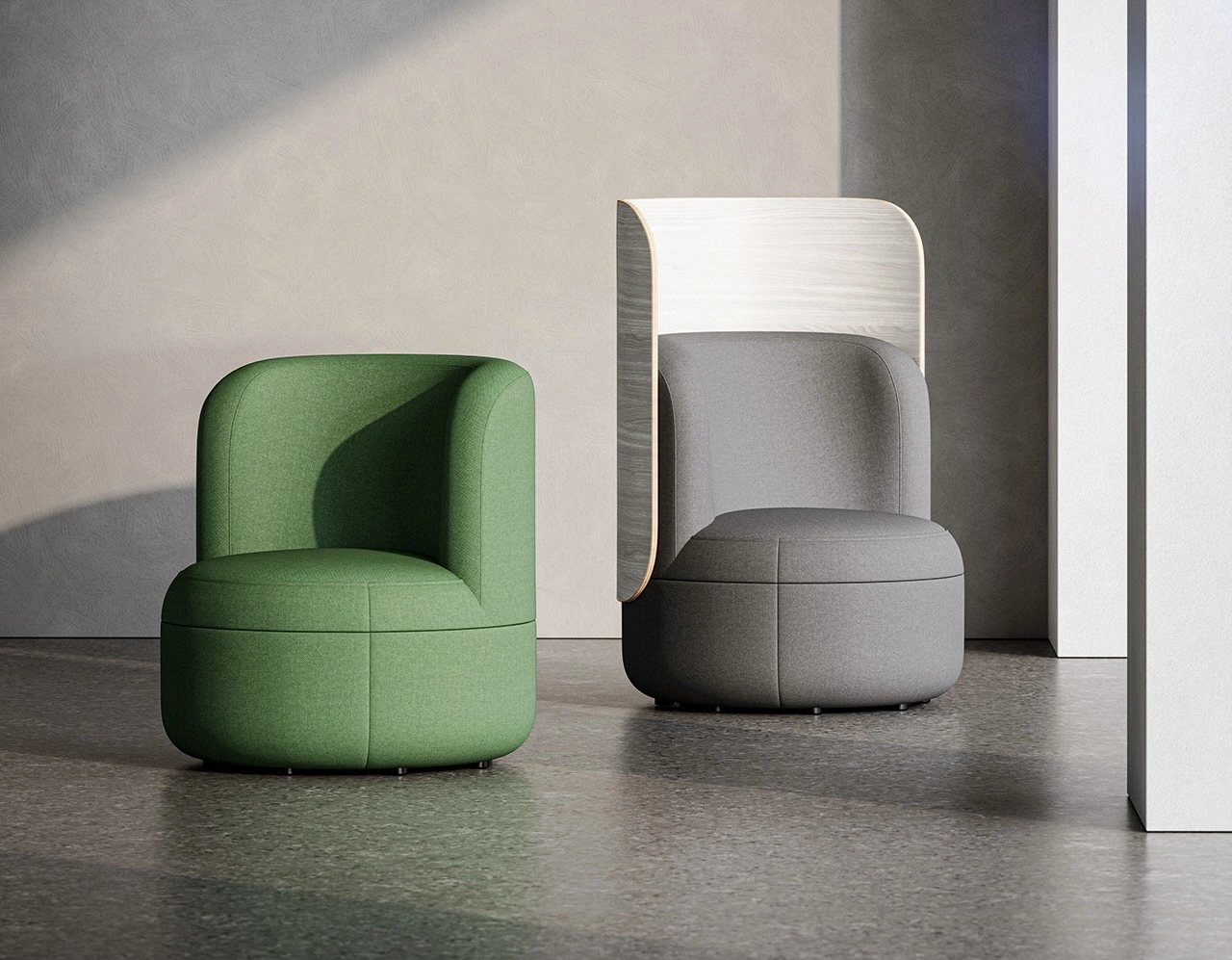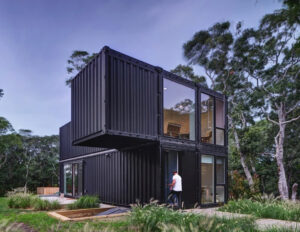Switzerland is testing a bold new approach to renewable energy generation by installing solar panels directly between railway tracks. The pioneering project, developed by Swiss start-up Sun-Ways in partnership with Swiss Federal Railways, represents a creative solution to two modern challenges: the need for more clean energy and the efficient use of limited space.
The pilot installation near Buttes in western Switzerland covers just 100 meters of track with 48 specially designed solar panels. While modest in scale, this test run could have major implications. The system is expected to generate about 16,000 kilowatt-hours annually – enough electricity for several households. More significantly, Sun-Ways calculates that if implemented across Switzerland’s entire 5,300 km rail network, the technology could produce 1 terawatt-hour per year, meeting about 2% of the country’s total electricity demand.
What makes this concept particularly innovative is its practical design. The solar panels are fully removable, allowing for easy maintenance of the tracks beneath. They’re installed using specialized machinery that can deploy them rapidly between train operations. Perhaps most cleverly, the system leverages passing trains to help keep the panels clean, as the gentle airflow from moving trains helps remove dust and debris.
This approach addresses one of the biggest obstacles to solar expansion in densely populated countries: land scarcity. By utilizing existing rail corridors – spaces already dedicated to infrastructure – the system avoids conflicts over land use that often hinder renewable energy projects. It’s an elegant example of dual-use infrastructure that could serve as a model for other nations.
Not surprisingly, the concept has attracted international attention. Several countries including Germany, the United States, China and South Korea have expressed interest in similar applications for their own rail networks. The technology could be particularly valuable for urban metro systems and high-speed rail lines around the world.
However, some practical challenges remain. Engineers must ensure the panels can withstand constant vibrations from passing trains and harsh weather conditions, especially winter snow and ice in alpine regions. There are also questions about potential glare affecting train operators and whether the panels might interfere with railway signaling systems. Sun-Ways claims to have addressed these concerns with anti-reflective coatings and rigorous safety testing, but real-world performance data from the pilot project will be crucial.
The initiative comes as Switzerland pursues ambitious climate goals, including a target of net-zero emissions by 2050. While the country currently generates most of its electricity from hydropower, solar accounts for just 5% of production. Innovative projects like this rail-based solar system could help close that gap while demonstrating how existing infrastructure can be reimagined for the renewable energy era.
Other nations exploring similar concepts may look to Switzerland’s experiment for guidance. Germany is testing solar-covered railway stations, while China is piloting solar installations along high-speed rail routes. The UK and U.S. are also investigating ways to integrate solar generation with their rail networks.
As the world seeks creative solutions to accelerate the clean energy transition, Switzerland’s solar rail project offers an inspiring example of how we might rethink ordinary infrastructure to serve dual purposes. If successful, it could pave the way for train tracks around the world to become unexpected but valuable contributors to renewable energy generation – proving that sometimes the best solutions are right in front of us, or in this case, right beneath our trains.
No comments yet.








